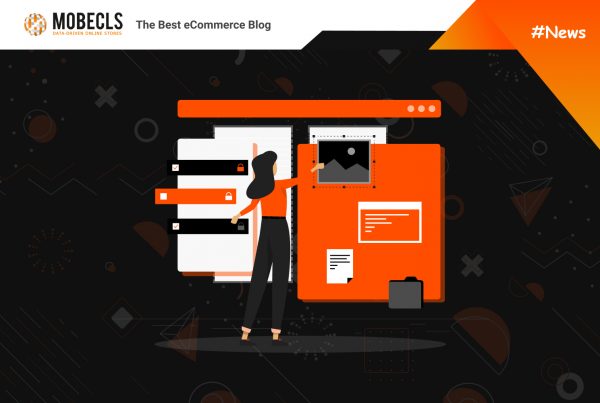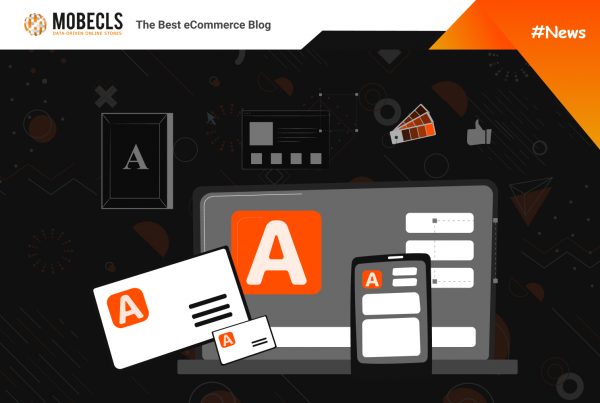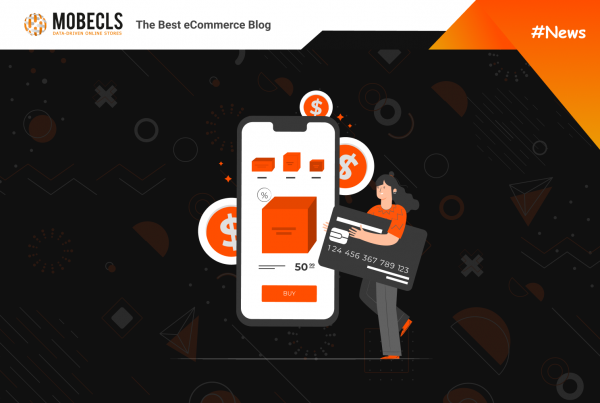To generate maximum sales, you must optimize every aspect of your eCommerce website to provide an excellent user experience. One of the best ways to make sure everything works well for customers is A/B testing. Moreover, it helps to evaluate the success and effectiveness of design changes you make on your website.
What is A/B Testing?
A/B testing is a marketing technique that implies testing different variants of the same content according to a given criterion (e.g., the color of a CTA or its position, etc.) to know the best version with prospects/customers.
When you conduct A/B testing, you split your visitors into two halves and show them different website versions. Each page of your website should push visitors to take actions like buying a product, subscribing to a newsletter or service, etc. The main goal of A/B testing is to increase the conversion rate of these actions.
Conducting A/B testing is crucial to understand user behavior and optimize your conversion funnel. If you consider running this testing but don’t know where to begin with, here are four basic A/B tests to carry out.
Home Page A/B Testing
The home page is one of the most important stages of your sales funnel. Here customers establish the first contact with your brand and explore your services. The better user experiences your landing page provides, the higher chances you convert your first visitors into customers.
Test several versions of the home page to decrease the bounce rate and increase the conversion:
- Design a less busy page, where you remove the sign-up, rollback, and chat window buttons. Don’t show everything at the same time, just the essentials.
- Conversely, test a page where you immediately offer visitors hot promotions using pop-ups.
- Create a more mixed page where you insert your offer at the top of the page or in the sidebar.
Check which page encourages your visitors to continue browsing and choose it as the final welcome.
Category Pages A/B Testing
This page is just as useful for your SEO as for your customers. The category page is where customers turn to when they don’t yet know what to buy.
Our advice
For this test, measure the number of clicks, the conversion rate, the bounce rate, the pages visited on each connection, and the time spent on the page.
Among the different tests that you can set up, here are some ideas:
- Feature one product on the page, preferably the bestseller.
- Show all the products in the category on one page.
- Highlight the promoted products from the visited category.
- Provide a buying guide in each category.
- Since customers use the category and subcategory pages for research, it makes sense to test and measure the impact of a buyer’s guide on navigation and conversion.
Product Page A/B Testing
Product pages are the most numerous ones on any eCommerce website. Therefore, product page optimization impacts your conversion the most.
Here are the most crucial A/B tests to perform:
- See if overloading your page with information and content increases conversions or not.
For example, the Amazon product sheets are very busy, and it seems to be effective, but does this method also work on your website?
- Another idea for testing is the format used for your product descriptions.
Indeed, you have the choice between images that show the size or material of manufacture of the item or make a list detailing the details.
- Check what works best between an image on a white background or a visual of your product in action.
How about testing adding videos to your products? It’s a good way to reassure your prospects about the item for sale and improve the user experience.
Checkout Page A/B Testing
Checkout is the last and most essential step in the sales process. You don’t want your customers to give up on precisely this level.
Test different items on the checkout page:
- Make recommendations when finalizing the order: provide additional items that will complement the selected item.
- Offer payment on a single page or multiple pages to check which one is right for your customers.
How about adding a customer review badge? For example, many eCommerce websites use Trustpilot, Yelp, Verified Reviews badges. Try to add these trust signals at different locations throughout the purchase funnel. You can potentially increase the number of sales thanks to trusted customers.
Facing Decline in Sales Due to Poor User Experience?




